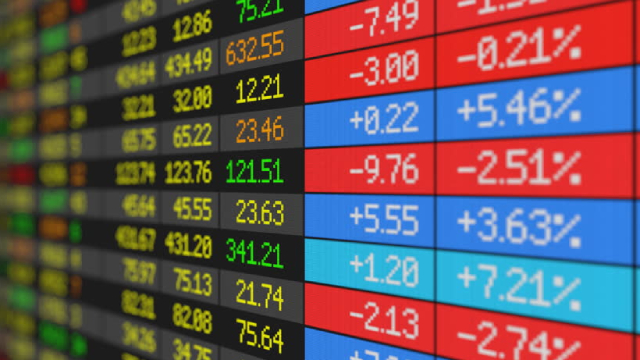
Global X U.S. Preferred ETF (PFFD)

PFFD Under The Microscope: Allocation And Portfolio Structure
The Global X U.S. Preferred ETF provides diversified exposure to preferred securities, with an emphasis on traditional fixed-rate preferred stocks. PFFD's portfolio includes baby bonds, mandatory convertibles, and floating-rate securities, offering yields ranging from 5.2% to nearly 8%. The fund maintains an average credit rating around Baa3, balancing moderate credit risk with attractive income potential.

PFFD's Portfolio Breakdown
Global X U.S. Preferred ETF provides broad exposure to preferred securities, with a diversified portfolio emphasizing traditional fixed-rate preferred stocks and moderate BBB average credit quality. The fund includes higher-yielding segments like baby bonds and convertible securities, particularly those trading below par, which enhance overall income potential. With a low expense ratio of 0.23% and over 220 holdings, PFFD offers cost-effective, diversified access to the U.S. preferred market.

PFFD ETF's Portfolio Breakdown: Attractive For Those Seeking Yield
Global X U.S. Preferred ETF offers diversified exposure to preferred securities, with a $2.28B portfolio and a low 0.23% expense ratio, appealing for income-focused investors. Yield opportunities exist: baby bonds below par yield 7.23%, mandatory convertibles yield 7.24%, and fixed-to-floating preferreds yield 8.15%. Despite modest 5-year returns, PFFD's credit quality and yield profile make it a reasonable choice for conservative income portfolios seeking stability.

Debunking Preferred-Stock ETF Holdings Part 8: PFFD's Portfolio Breakdown
The Global X U.S. Preferred ETFP aims to mirror the performance of the ICE BofA Diversified Core U.S. Preferred Securities Index. PFFD holds around $2.31 billion in net assets, with a total expense ratio of 0.23% and approximately 216 holdings. The average credit score of PFFD's portfolio is Baa3, based on Moody's ratings and some adjustments.

PFFD: Shrinking Value And Distribution
Global X U.S. Preferred ETF tracks an index including U.S. preferred stocks of all kinds. PFFD is concentrated in top issuers, especially large banks. PFFD has a bond-like return with stock-like risk, underperforming a high-yield bond benchmark and several preferred stocks ETFs.

PFFD: Sell In May, Go Away, Don't Come Back
Preferred shares have underperformed the wider market due to asymmetric returns and asymmetries of information and market power that disadvantage preferred shareholders compared to common equity and debt holders. Retail investors are often misled about the downside protection and safety of preferred shares, which is not historically accurate. The annual Federal Reserve Stress Tests have caused seasonality. PFFD has suffered from substandard, and often negative, second half returns.







